The U.S. Department of Agriculture will discontinue providing funds for solar and wind projects, Secretary Brooke Rollins announced on in a post on X.
Through its Rural Energy for America (REAP) grant program, the USDA has provided over $4 billion to fund energy projects in rural and farming communities.
The Inflation Reduction Act (IRA) of 2022 added over $2 billion in funding for the program through Fiscal Year 2031. Post-IRA, over $1 billion in funds supported 6,822 projects from 2023 to 2025, contributing an estimated $2.75 billion to rural economic development.
The USDA Secretary shared the news on X:
“BIG NEWS for American Farmers!
I just announced in Lebanon, TN – effective immediately – American farmland will NO LONGER use taxpayer dollars to build solar farms.
Millions of acres of prime farmland is left unusable so Green New Deal subsidized solar panels can be built. This destruction of our farms and prime soil is taking away the futures of the next generation of farmers and the future of our country.
Starting today, USDA will no longer deploy programs to fund solar or wind projects on productive farmland, ending massive taxpayer handouts. Also ENDING the use of panels made by foreign adversaries like China. This is AMERICA FIRST.”
The REAP grant program provides guaranteed loan financing and grant funding to agricultural producers and rural small businesses for renewable energy systems or to make energy efficiency improvements. The program was officially created in 2008 through the Farm Bill when Congress combined an energy efficiency program with one that focused on renewable energy.
“With REAP grants covering up to 50% of project costs and tax credits accounting for another 30-40%, farms can access solar with minimal investment,” said Inigo Rengifo Melia, CEO of Concentro.
T&H Farms, a poultry operation in Fairmont, North Carolina, is an example of the program’s benefits. The third-generation family farm installed a 590 kW rooftop solar installation with help from the USDA REAP program.
“This solar project helps us offset rising energy costs and provides us the flexibility to pursue additional initiatives that benefit the quality and efficiency of our operation,” said Logan Hoffner, one of the owners of T&H Farms.
And in New Hampshire, Blasty Bough Brewing Company in Epson, New Hampshire secured a REAP grant that enabled the brewery to install a 182-module, 87 kW ground-mount solar array that offsets more than 100% of their energy consumption.
The brewery’s owner estimated it saves about $23,000 a year in electricity costs. The system, which has a 25-year warranty and 40-year estimated lifespan, is offsetting 69 tons of CO2 a year, the equivalent to removing 15 gasoline-powered vehicles from the road for a year or avoiding 69,629 pounds of coal combustion. The payback period is estimated to be less than five years.
About 424,000 acres of rural land were affected by solar and wind development in 2020, less than 0.05% of the nearly 900 million acres used for farmland, said a 2024 USDA study. The study found that most of that land stayed in agricultural development after the projects were developed.
This content is protected by copyright and may not be reused. If you want to cooperate with us and would like to reuse some of our content, please contact: editors@pv-magazine.com.
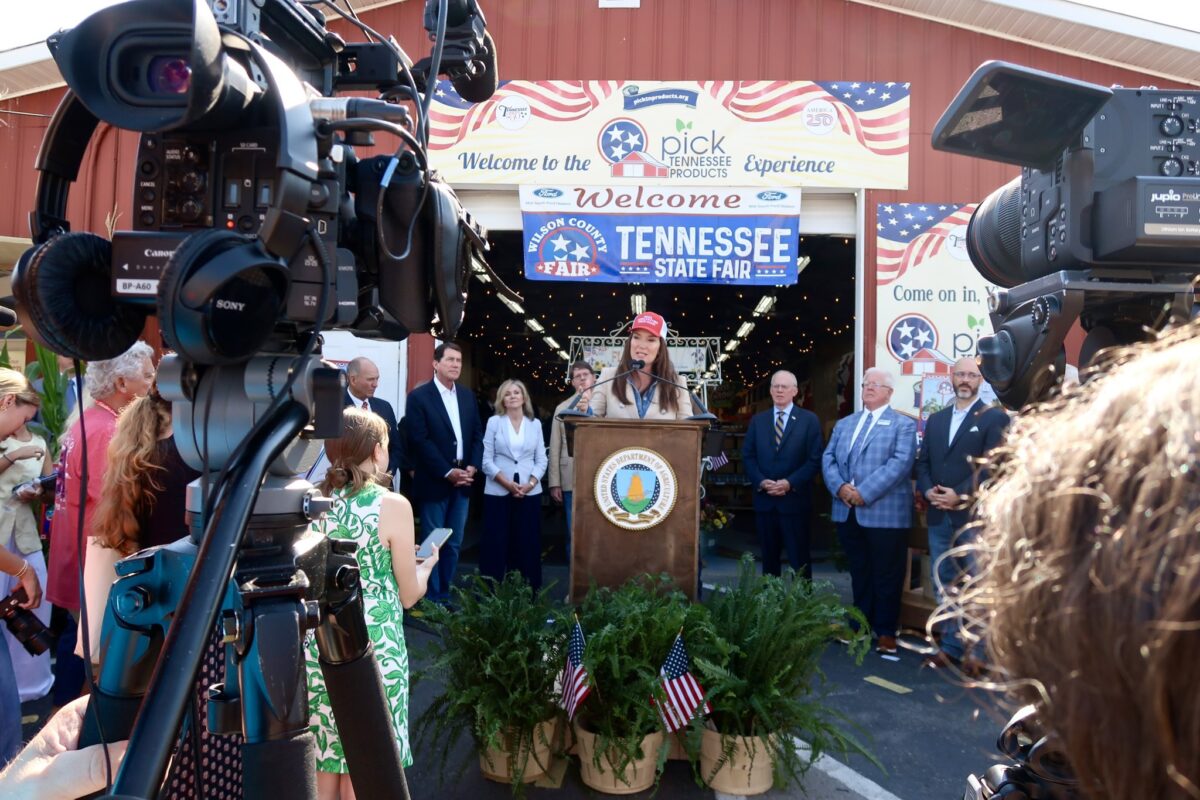
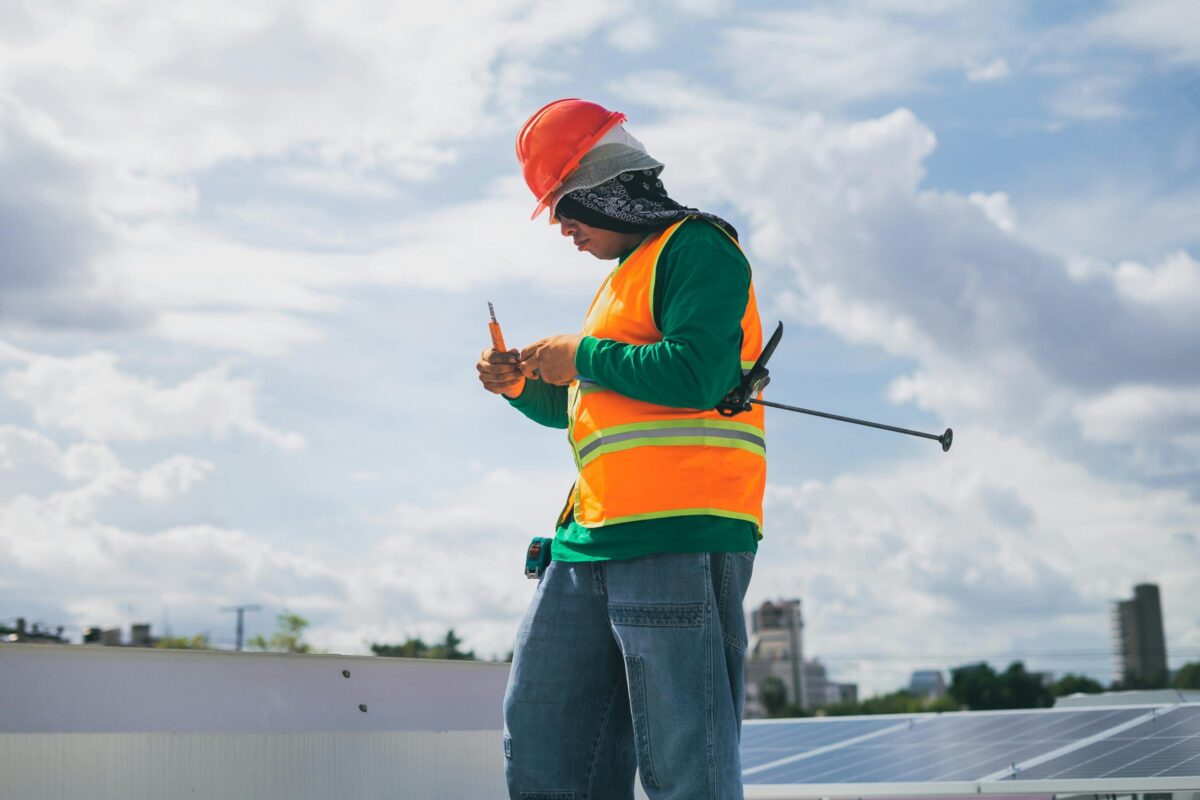


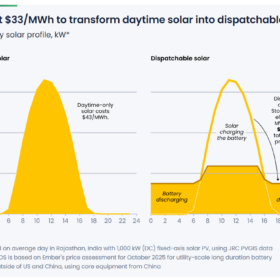
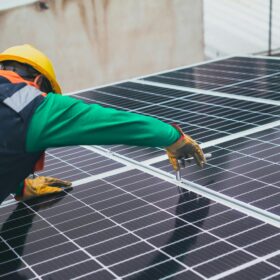
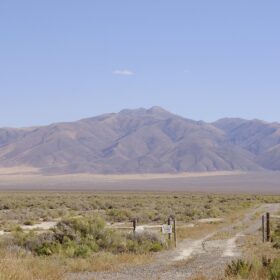

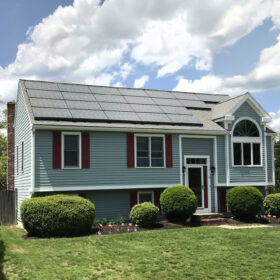
I believe that the title and introductory paragraph to this article is very misleading. Mr. Kennedy suggests that all solar and wind are being defunded, while the statement from Secretary Rollins states that solar and wind on productive farmland is being defunded. Mr. Kennedy’s assertion is very different from the Secretary’s. In her statement, Secretary Rollins does not defund wind or solar on lands that are not productive, or on existing structures. Additionally, Secretary Rollins seems to indirectly suggest that solar will continue to be funded as long as the panels are not manufactured by foreign adversaries. I’ve helped many farmers apply for REAP, and all of the solar projects I have been involved with have been roof mounted. Unless Mr. Kennedy has additional information that is not presented in the article, I would suggest revisions to the article to capture this nuance.
It’s sad to think the time that will be wasted not looking to the future
It is also sad to think the time and money it will take to get back to where we are today after Trump is gone
Typical American mindset..following the misguided person in the White house. It’s only going to continue to make the US fall behind logical, far greener energy, and add to their rapidly heating environment.
Solar vs. alternative power sources is cheap enough now to be deployed based on direct payback to the benefitted party. Grants such as those previously given by the USDA just picks winners and losers. Who those winners are can be heavily influenced by whomever is the best connected. Furthermore, the whole system of grants, going far beyond the USDA alternative energy grant, is loaded with layers of non-profits who spend a lot of money on salaries for the founders and staff without even distributing the money. It is bad.
Hi Joni, do you have an article or data you can share about the nonprofits who don’t disbribute the money? There is published data on the cost savings these projects do provide for hardworking farmers, as well as qualitative data such as quotes from the farmers provided above and transparency in the grant selection process that was provided by the former USDA. I would be curious to read similar facts around your point if available.
I was just in Bavaria, Germany’s south-eastern state. Farmers there benefited greatly from solar programs and you can see lots of barns fully decked out with PV. Never forget that the fossil fuel industry bought Trump during the campaign where they raised a billion dollars to do their bidding.